The garbage sorting machine model of Tran Khai Tuan and Nguyen Thanh Vinh, class 8IG1 SO, was placed in the corner of the school yard during the STEAM Festival program. The magical power of semiconductor chips attracted the curiosity of many students who tried it.
Tran Khai Tuan, a student of class 8IG1 SO, introduced to guests and friends the operating principle of the garbage sorting machine. First, the garbage is put on a conveyor belt with sensors. When garbage is detected, the conveyor belt will stop so that the camera can take pictures and send the images to the AI model for classification to transmit signals to the circuit board. On the conveyor belt, there are levers to classify the garbage into types such as: cardboard, glass, metal and other types of garbage.
“The introduction is long, but the whole process is very quick and concise in just 2-3 seconds,” Tuan said.
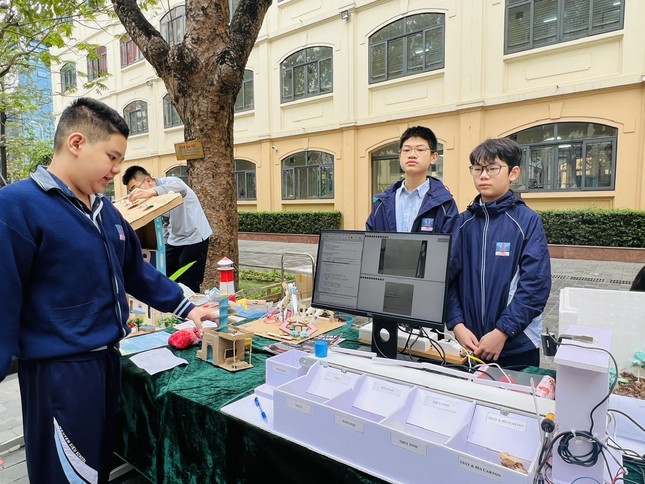 |
Tran Khai Tuan and Nguyen Thanh Vinh introduce to you how to classify garbage. |
Tuan and Vinh are both students who love science and technology. They started to learn about AI when they were in 6th grade and had the idea of making a product for the competition, so in the summer of 2024 they started to learn about this field.
At the beginning of the 2024-2025 school year, two male students began to explore and test the model under the guidance of Math teacher Nguyen Van Ninh. After 3 months, the product was completed with extremely fast garbage recognition and classification features.
Tuan said the idea of researching a waste sorting machine came from the fact that Vietnam has a lot of recyclable waste but people often have the habit of throwing it directly into the environment. If a waste sorting machine is put into practical application, it will make the most of waste resources and protect the environment.
During the project, the most difficult and challenging problem for the two students was to build an AI model that could connect to the circuit board to control the conveyor belt. They had to read a lot of documents and divide the work into stages. When the product was completed, they both participated in the AI training stage to achieve the highest recognition accuracy. They collected and processed about 15,000 to 20,000 different images from both the internet and real photos to train them to recognize different types of trash.
Although confident that their first scientific and technical research product has high practical applications, which can be placed in residential groups, offices, and schools to help classify garbage, the two male students said they will continue to research and improve the circuit board to further shorten the process of processing and classifying garbage. In addition, the machine is currently operating by using electricity and they hope that in the future it can be replaced by solar energy or other energy sources.
Encourage students early
Mr. Nguyen Van Ninh, a math teacher who also guided the two students in researching the project from the early days, shared that the 8th grade students' products in the Science and Technology competition were quite new, especially in the field of AI technology, which was quite difficult, but with their eagerness, passion, and determination, they were able to do it. From the initial basic steps, students read documents, practiced, and gradually became confident in actively searching for documents, handling errors, and presenting...
According to Mr. Ninh, from the beginning, the teacher and students wanted to have a product that would not only compete but also have meaning and practical value for the community and society. Students had to use the integrated knowledge they had learned and use the most optimal technology today, AI, to create a new product. From there, it took the teacher and students about 6 months to complete the garbage collection and sorting machine. Applying AI, the machine will help to sort garbage quickly and accurately.
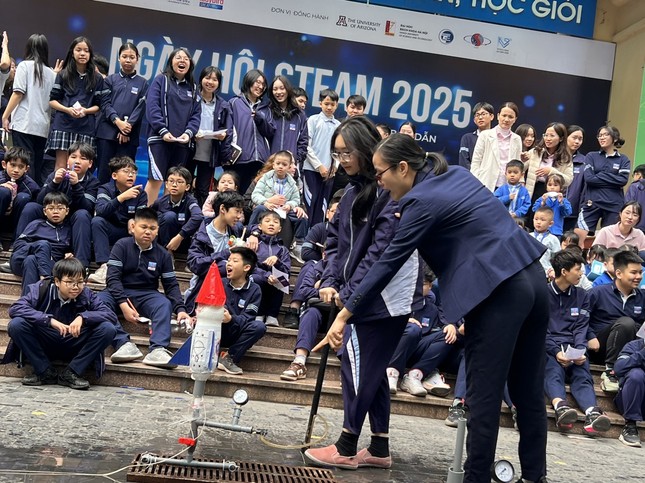 |
Students perform water rocket shooting competition. |
Ms. Nguyen Thi Minh Thuy, Principal of Nguyen Sieu Secondary and High School (Hanoi) said that we are living in the digital age, where tiny semiconductor chips are changing the world. They appear in every field, from smartphones, computers, cars, to artificial intelligence, medicine and the aerospace industry.
For a general school, to guide the Vietnamese youth generation into the semiconductor industry, students need to be equipped with basic skills and knowledge in Mathematics & Physics; Information Technology & Programming; Foreign Languages.
According to Ms. Thuy, normally when talking about semiconductor technology, we have to talk about students majoring in Math and Natural Sciences, which requires good people to do it. However, the school believes that students must be encouraged to be passionate and learn from a young age so that they can explore and create products. In the current context, the school also trains teachers in technology and AI to understand correctly, from which they can guide students. Having basic knowledge, being creative, and mastering technology in the future will master the economy .
"That is also the reason why every year, in March, to celebrate the founding anniversary of the Youth Union, the school organizes a STEM festival, arousing the aspiration to reach the world for students and the young generation right in school," said Ms. Thuy.


![[Photo] National Assembly Chairman Tran Thanh Man attends the VinFuture 2025 Award Ceremony](/_next/image?url=https%3A%2F%2Fvphoto.vietnam.vn%2Fthumb%2F1200x675%2Fvietnam%2Fresource%2FIMAGE%2F2025%2F12%2F05%2F1764951162416_2628509768338816493-6995-jpg.webp&w=3840&q=75)



![[Photo] 60th Anniversary of the Founding of the Vietnam Association of Photographic Artists](/_next/image?url=https%3A%2F%2Fvphoto.vietnam.vn%2Fthumb%2F1200x675%2Fvietnam%2Fresource%2FIMAGE%2F2025%2F12%2F05%2F1764935864512_a1-bnd-0841-9740-jpg.webp&w=3840&q=75)



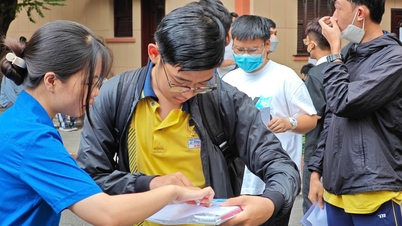

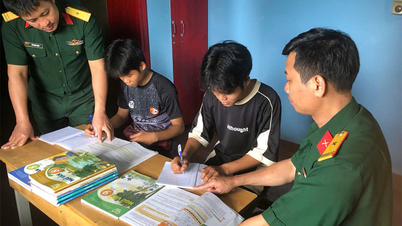

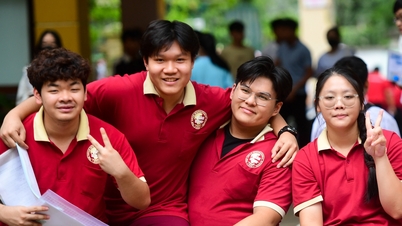

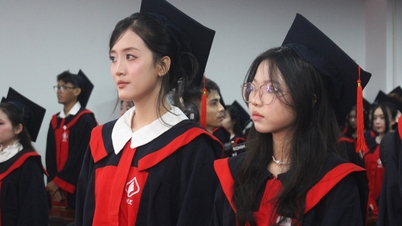





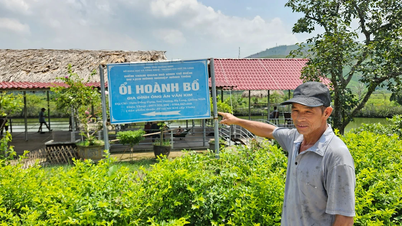
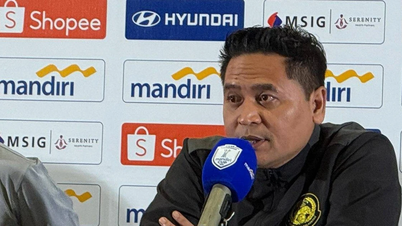

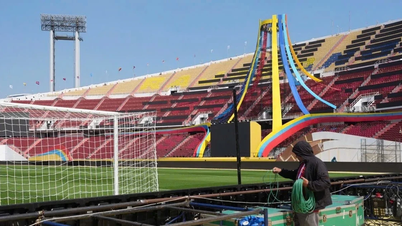
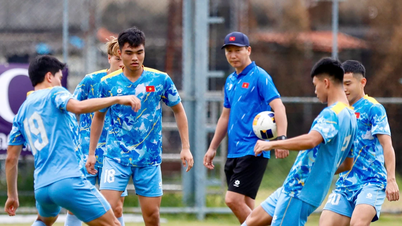

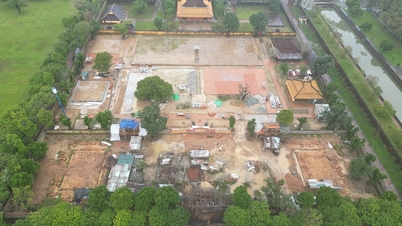





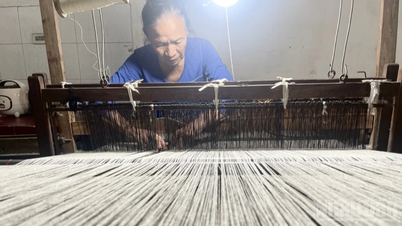

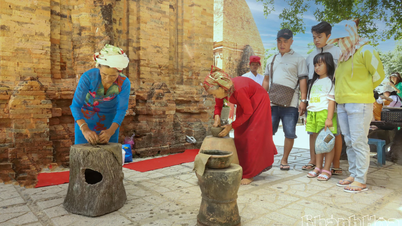

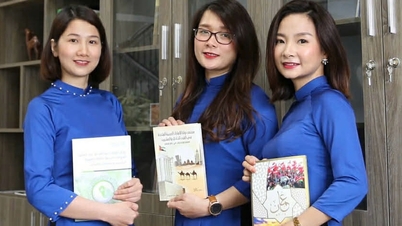
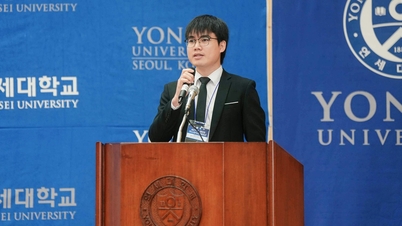
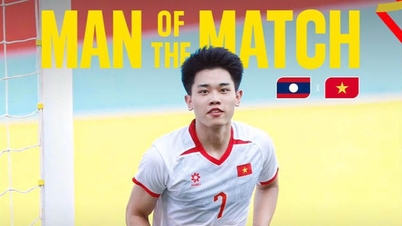






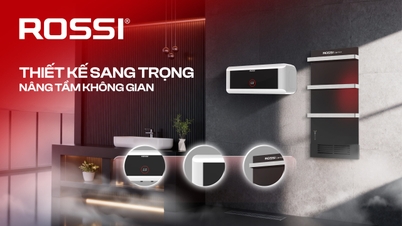

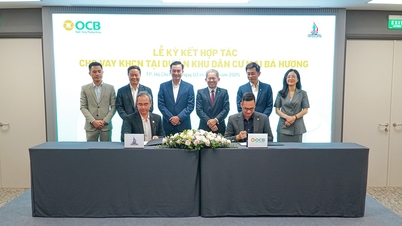
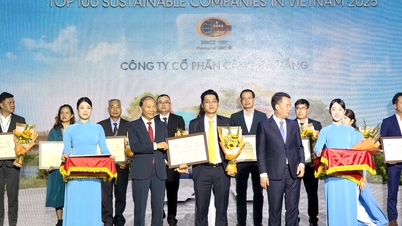
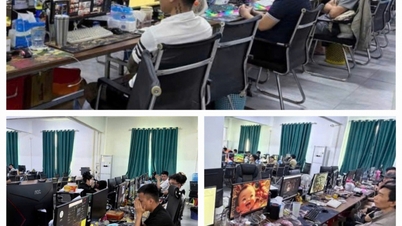
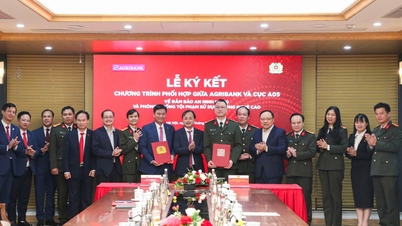

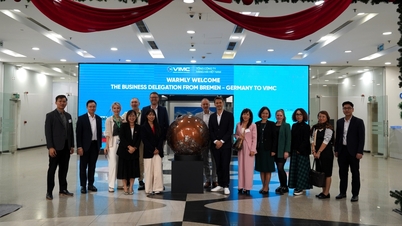






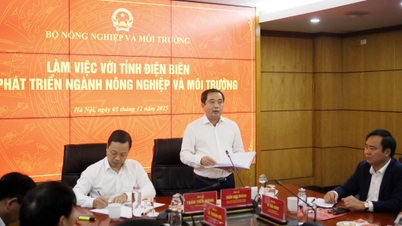






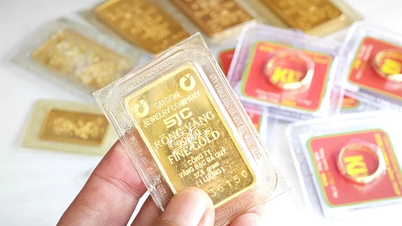

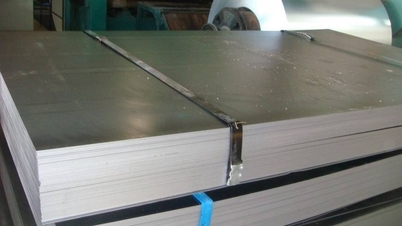




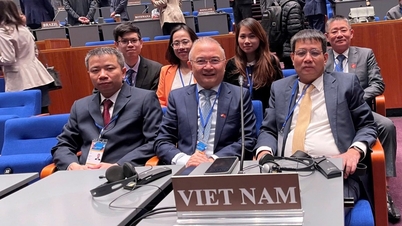
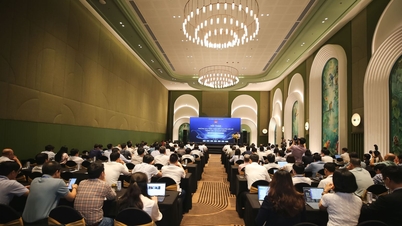


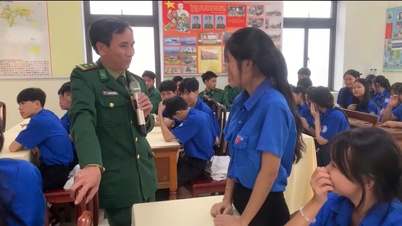




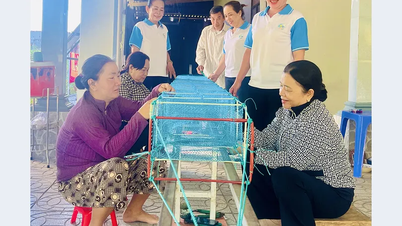

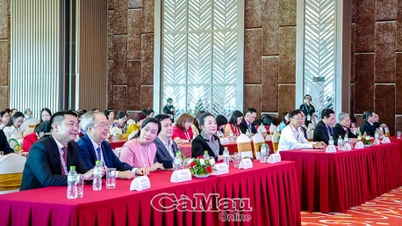

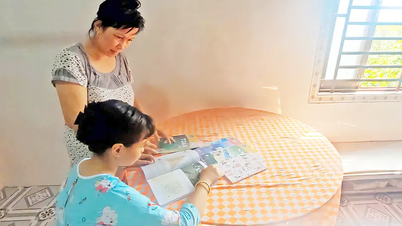









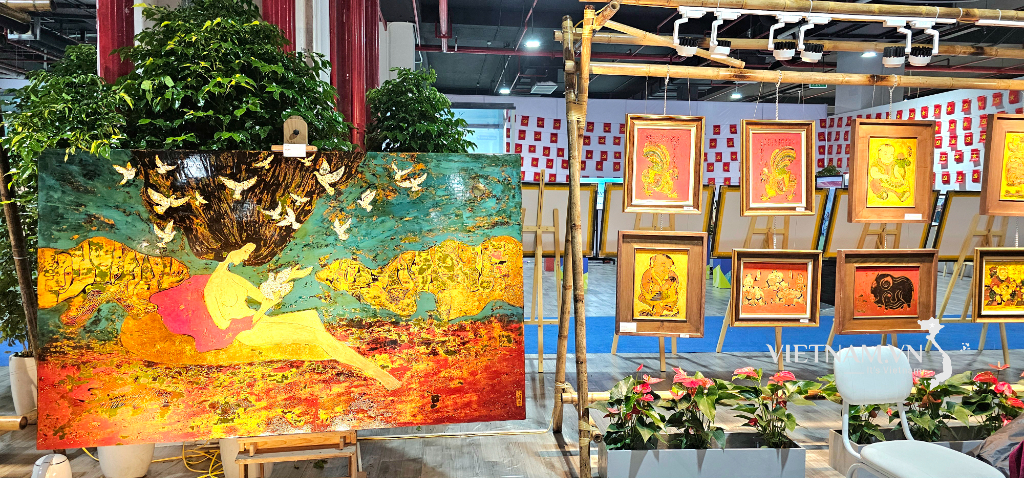






Comment (0)